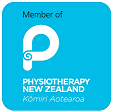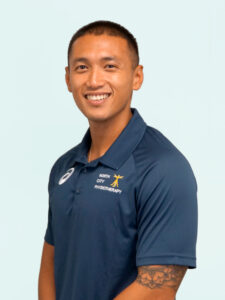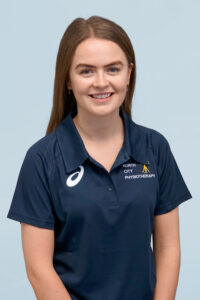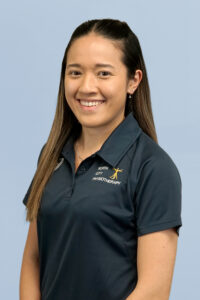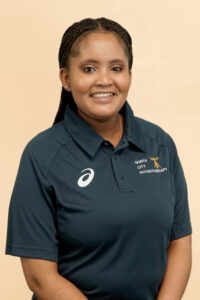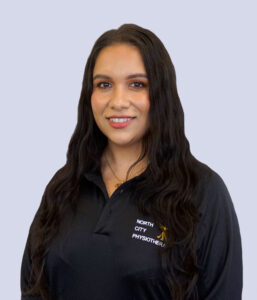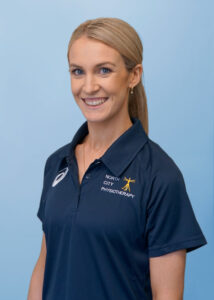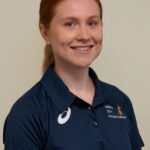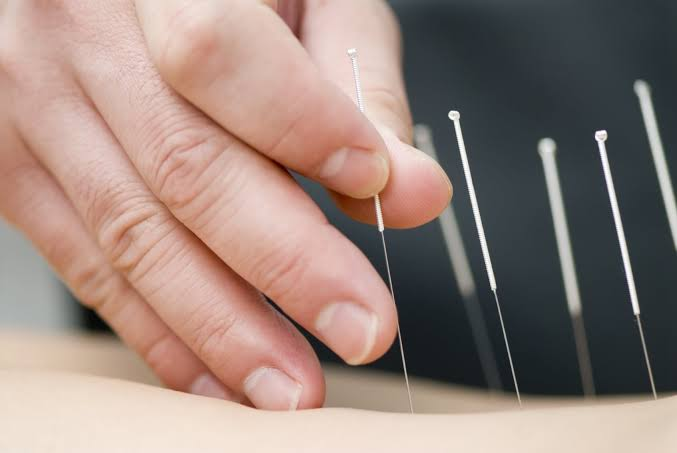
Acupuncture is traditionally a Chinese medicine technique that involves the use of fine needles to stimulate points on the body to help alleviate pain and treat a variety of medical conditions. In Western medicine, we use a couple of different variations both still using needles but targeting different points on the body. It is one of the many skills that your therapist might employ as part of an integrated approach to the management of pain and inflammation.
WHAT’S THE DIFFERENCE BETWEEN ACUPUNCTURE AND DRY NEEDLING?
Traditional Chinese acupuncture has been used for thousands of years and forms a strong part of traditional Chinese medicine (TCM). It works on a Chinese medicine diagnosis and is based on the belief that the human body has 12 major pathways called meridians (lines of energy), each linked to specific internal organs and organ systems. Acupuncture basically involves fine needles being inserted at certain ‘acupuncture’ points to restore the balance of energy (also known as Qi (pronounced ‘chee’) which when unbalanced is believed to cause pain and illness,
Western medical acupuncture uses a western medicine diagnosis. Both Chinese and Western acupuncture use pre-determined acupuncture points and meridians on the body. Another variation which is becoming very popular is dry needling which doesn’t use acupuncture points, but uses other points found by palpation such as trigger points in muscles. In other words, these points aren’t pre-determined but vary according to the individual.
Dry needling is often considered to be a Western approach to acupuncture and uses the same fine needles to stimulate anatomically-based ‘targets’ in soft tissues like muscles, tendon and fascia, rather than points along an energy line as in acupuncture.
HOW IS DRY NEEDLING BELIEVED TO WORK
Dry needling is based on the theory that when trigger points develop in the soft tissues, they lead to neuromuscular dysfunction, which results in pain, decreased function and increased stress on the surrounding soft tissue structures. Trigger points are ‘hyperirratable’ areas in in soft tissue structures such as fascia and muscle and dry needling is used to elicit a twitch response to release the trigger point and restore normal function to the tissue.
Studies have shown that needling deactivates the trigger point and facilitates the muscle to relax and lengthen, alleviating the original problem area as well as the secondary, referred pain area. It is believed to stimulate the body to produce its own pain relieving chemicals which help block pathways that relay pain messages from the body to the brain, resulting in relief of pain, general relaxation and biochemical restoration of the body. The improved biochemical balance stimulates the body’s natural healing abilities, reduces inflammation, and promotes physical and emotional well-being. Localised increases in circulation around the needle is also believed to support tissue healing. However both acupuncture and drying needling still remains controversial. The strongest evidence base currently lies in the treatment of low back pain.
HOW IS DRY NEEDLING DONE?
Dry needling involves the use of single-use, pre-sterilised disposable needles of varying sizes that pierce the skin. A number of needles may be used during each treatment, either directly into the painful area or even distally away from the area. They are typically left in position anywhere from a few minutes up to 30 minutes before being removed. Often the needles are reinserted or manipulated by the therapist during the treatment.
WHAT TO EXPECT FROM DRY NEEDLING TREATMENT
As the needles are inserted you may feel a slight pin prick, some patients feel nothing at all, followed by a deep ache, tingling, warmth or mild discomfort. The warm heavy sensation at and around the needle is referred to as “De Qi” and is a sign that the body’s inbuilt pain relieving mechanisms are being stimulated. If the therapist is needling into a muscle trigger point there is often a ‘twitch’ response (the muscle jumps), which is a good indication the needle is in the affected area.
The number of treatments will vary with each person and the condition being treated. Relief may be noticed immediately, some notice improvement within a few hours, or after a few days; some may not respond to acupuncture. Occasionally symptoms become worse before they improve. Your therapist will discuss the frequency of your treatments with you.
Single-use, sterile, disposable needles are used, so there is no possibility of transmission of blood-borne viruses. Before a treatment it is advised to have a light meal or snack but do not consume alcohol or smoke. After treatment try to rest and avoid strenuous activity. Continue with daily medications prescribed by your doctor and avoid alcohol, smoking and caffeine for a few hours after treatment.


